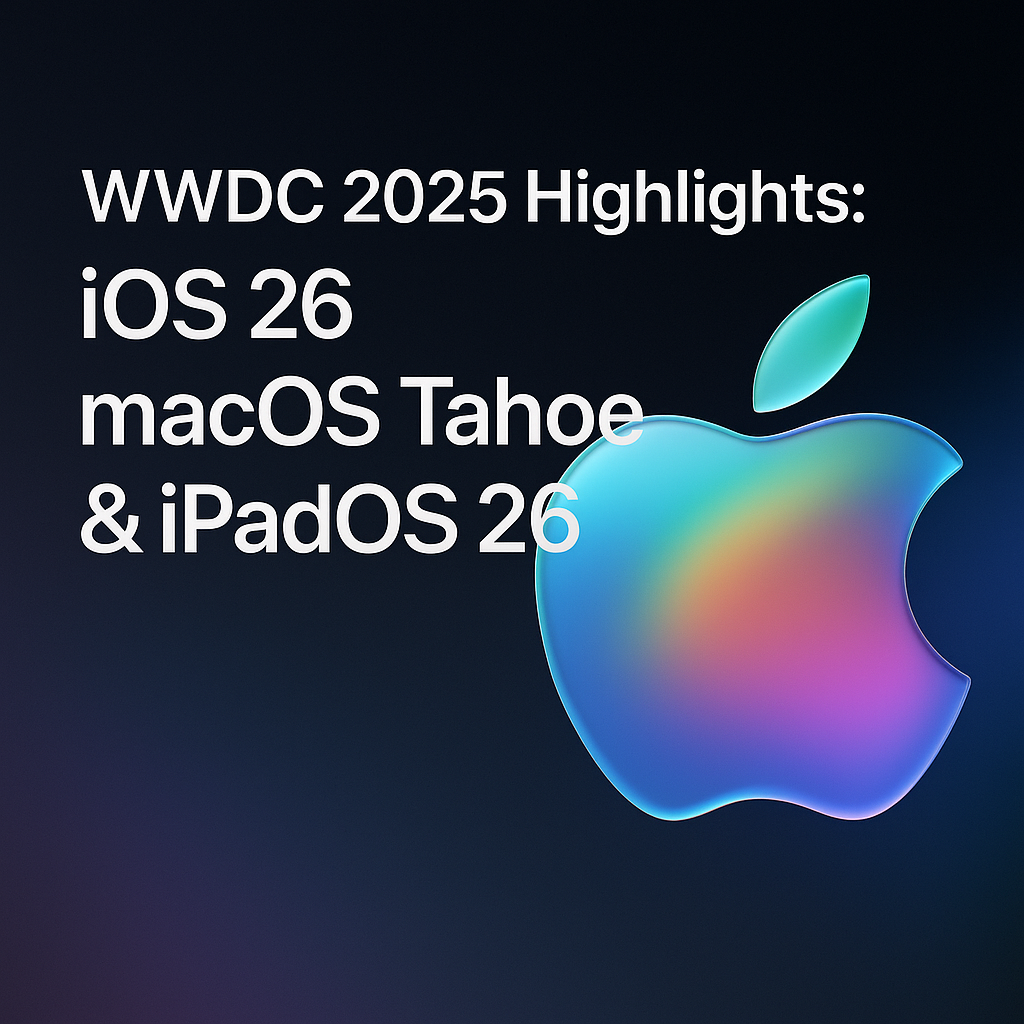Imec Achieves Milestone in 6G Transistor Technology: A New Era for Wireless Communication
June 14, 2025 – Leuven, Belgium – In a major leap for next-generation wireless communication, Imec—the world-leading R&D hub for nanoelectronics and digital technologies based in Belgium—has announced a significant breakthrough in its development of radio-frequency (RF) GaN-on-Si (Gallium Nitride on Silicon) transistors tailored for 6G applications. This advancement addresses one of the critical bottlenecks in building energy-efficient, high-frequency, and scalable communication infrastructure for the ultra-fast and ultra-reliable networks of the future.
The announcement was made during the ITF World 2025 event in Antwerp, where global tech leaders and semiconductor innovators gathered to showcase the latest in chip design, AI, and wireless technologies.
1. The Technology Behind the Breakthrough
At the core of Imec’s achievement is its development of high-performance GaN-on-Silicon transistors capable of handling frequencies above 100 GHz, while delivering record-breaking power efficiency and gain characteristics. These transistors are specifically optimized for power amplifiers, a crucial component in wireless communication that amplifies radio signals before they are transmitted through antennas.
The use of Gallium Nitride (GaN)—a wide-bandgap semiconductor material—offers superior electron mobility and thermal stability compared to traditional silicon-based materials. GaN has long been known for its suitability in high-power and high-frequency applications such as satellite communication, radar systems, and increasingly, in telecom infrastructure.
However, producing GaN transistors on traditional substrates like silicon carbide (SiC) has been expensive and difficult to scale. Imec’s innovation lies in successfully fabricating GaN-on-Silicon transistors, which merge the advantages of GaN’s performance with the scalability and cost-efficiency of silicon—a critical move toward mass-market deployment.
2. Performance Highlights
According to the data shared by Imec, the new GaN-on-Si RF transistors demonstrated the following performance characteristics:
Cut-off frequency (fT): over 120 GHz
Maximum oscillation frequency (fmax): exceeding 200 GHz
Power-Added Efficiency (PAE): approaching 65%, significantly higher than traditional silicon LDMOS or even GaAs devices
Thermal reliability: improved stability at high voltages and high current densities
Wafer-level integration: 200mm GaN-on-Si wafers, enabling compatibility with advanced CMOS manufacturing processes
These figures position Imec’s technology at the forefront of 6G front-end module development, where compact, high-speed, and energy-efficient designs are mandatory to handle high data throughput with minimal latency.
3. 6G Requirements and Relevance
While 5G is still in the process of global rollout, R&D on 6G has already accelerated. Expected to be standardized around 2030, 6G aims to achieve:
Terabit-per-second data rates
Latency below 0.1 milliseconds
Massive device density (>10 million devices/km²)
Advanced sensing and localization features
These goals require operating in the sub-THz frequency bands (100 GHz to 1 THz), which places extraordinary demands on RF hardware. Existing silicon-based transistors begin to lose efficiency at these frequencies due to parasitic losses and limited electron mobility.
Imec’s GaN-on-Si solution addresses these limitations, offering a viable path to create transceivers and amplifiers that can function in the high-band spectrum of future 6G networks while keeping power consumption within manageable limits.
4. The EU Chips Act and Strategic Autonomy
This achievement is also deeply aligned with the European Union’s Chips Act, a legislative initiative aiming to double Europe’s share of the global semiconductor market to 20% by 2030. The Act encourages innovation in advanced chips, particularly those critical to strategic sectors like communications, automotive, and AI.
Imec’s work directly supports Europe’s ambitions for technological sovereignty. By leading in areas such as GaN RF transistors and AI hardware accelerators, Imec ensures that Europe is not solely dependent on American or Asian chip giants for future communication infrastructure.
Moreover, the collaboration between Imec and key European partners—including universities, foundries, and telecom firms—has laid the groundwork for regional manufacturing capacity in next-gen semiconductors.
5. Commercialization and Industry Collaboration
Imec is not acting in isolation. Its 6G transistor research is part of a larger ecosystem involving partners such as:
STMicroelectronics – for packaging and system integration
Ericsson and Nokia – for telecom application validation
ASML and Applied Materials – for lithography and materials processing
Infineon and NXP – for GaN RF module development
While no firm date for mass production has been announced, Imec representatives noted that prototype chipsets could enter early testing by late 2026, with potential commercial readiness aligned with early 6G trial networks expected by 2028.
This timeline ensures that the hardware will be ready just in time for major operators and infrastructure builders to begin deploying 6G trial zones in urban areas, campuses, and high-bandwidth environments like smart factories and connected transportation hubs.
6. Broader Implications for Industry and Society
The impact of Imec’s development goes beyond faster mobile downloads. In the context of Industry 5.0, where human-machine collaboration, AI-driven operations, and real-time data flow are vital, 6G will serve as a backbone technology. Applications include:
Remote robotic surgery with zero latency
Autonomous vehicle coordination in dense urban traffic
Tactile internet for AR/VR experiences
Ubiquitous IoT with microsecond-level communication reliability
Imec’s transistor breakthrough ensures that these ambitious visions are technically feasible and economically viable.
7. Sustainability and Efficiency
One of the lesser-discussed advantages of GaN-on-Si is its energy efficiency. High-frequency signal transmission traditionally consumes massive amounts of energy. GaN’s ability to operate at higher voltages and frequencies with less heat generation means lower cooling requirements, smaller power supplies, and overall greener network infrastructure.
In a time when data centers and telecom towers are under scrutiny for their carbon footprints, such gains could represent a major step toward net-zero communication networks.
Conclusion
Imec’s milestone in GaN-on-Si transistor development marks a defining moment for 6G research and Europe’s semiconductor ambitions. By solving fundamental bottlenecks in high-frequency RF performance while maintaining scalability, Imec is positioning itself—and the European tech ecosystem—as a core player in shaping the future of global connectivity.
As industry, governments, and researchers converge to realize 6G's potential, innovations like this will serve as foundational enablers—unlocking a future of seamless, real-time, and ultra-fast communication for billions around the world.

















Comments 0